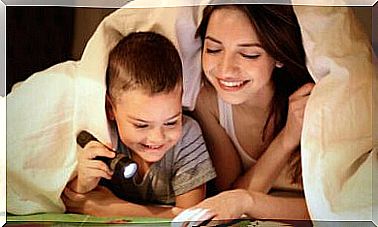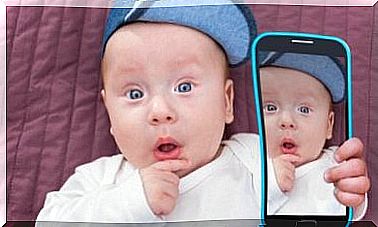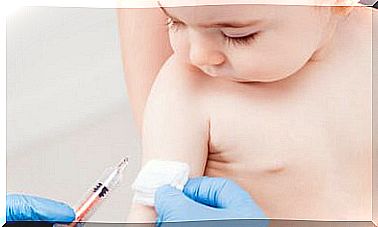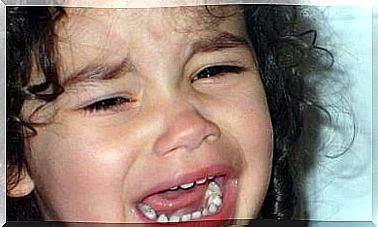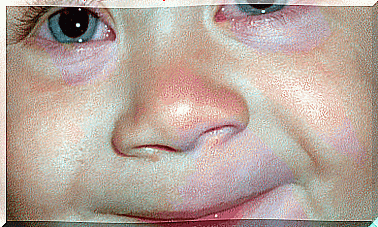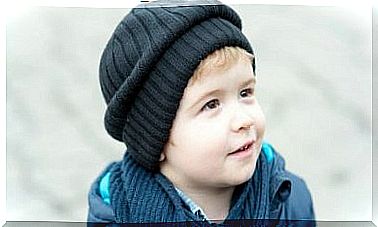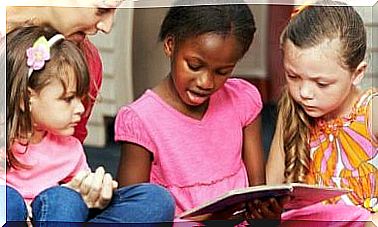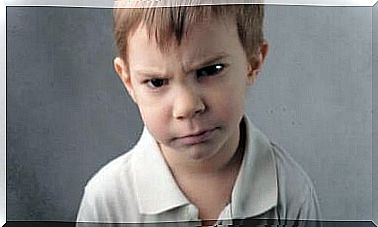Transitional Objects: How Hard It Is To Part With Them!
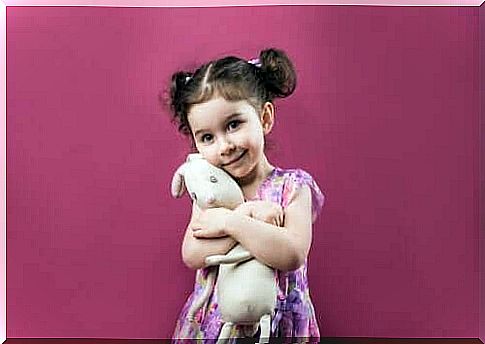
Surely, we have all seen children who had a particular attachment to a soft toy or a blanket. These objects accompany them everywhere and it seems that children are unable to live without them. But what significance do transitional objects have on a psychological level?
What are transitional objects?
The term was introduced by the pediatrician and psychoanalyst Donald Winnicot to indicate an object that represents the first property that the child recognizes as different and separate from himself.
A transitional object is an object to which the child exercises a certain type of attachment. In general, the child shows a particular affection towards him and, usually, takes it with him in moments of discomfort or when he is sleepy.
For small children this object is not a game, but a real property. They hold it in their hands, suck it, kiss it, hug it to the body or even throw it on the ground.
Having a transitional object is normal behavior that is part of the correct psychological development of the child. This object has important functions in the process of separation from the mother and in the process of self-identification as an independent being.
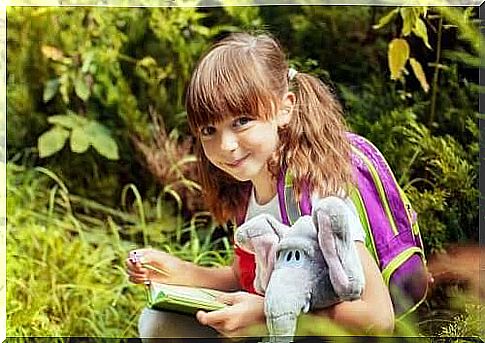
However, because this process is different in every person, not all children develop a relationship with a transitional object.
What characteristics do transitional objects have?
Transitional objects vary according to each child’s preferences. However, they have some common basic characteristics.
- They have a nice texture. They are usually soft and fluffy. The preference for this type of object is directly linked to the theory of the “soft mother” according to which all newborns have the innate need to have contact with a “soft” figure to find shelter and protection.
- They are chosen arbitrarily by the child. Transitional objects cannot be imposed by anyone. The child will choose them independently even if you think he has the most beautiful toys.
- They are irreplaceable. Precisely because they cannot be imposed, they cannot be replaced by other toys. In case of loss, the child will feel a deep sadness that cannot be filled by any other object. When the time comes, it will be the child himself who will decide to choose another object to become attached to.
- They have particular smells. An olfactory trace that helps the child to feel like a member of the family. Therefore, it is not recommended to wash them.
- They are inseparable. The baby will take his precious object everywhere and his presence will be essential before falling asleep. Do not try to take it away from him because it will give the child a strong feeling of anguish and sadness. Over time, the baby will grow and the object will gradually lose importance.
What are the functions of transitional objects?
First, they represent the baby’s transition from seeing himself as one with his mother to accepting that she is something external to him. Giving up unlimited possession of the mother and understanding and accepting that they are two independent beings is a difficult process for the child. She must understand that the mother will not always be able to satisfy her needs 100%.
The object helps the child to cope with the transition because it transfers the security that the mother transmits to him. It represents the attachment that the child feels for his mother and replaces her when she is absent.
It is a source of pleasure and confidence that helps the child to control separation anxiety, to be independent and to cope with situations.
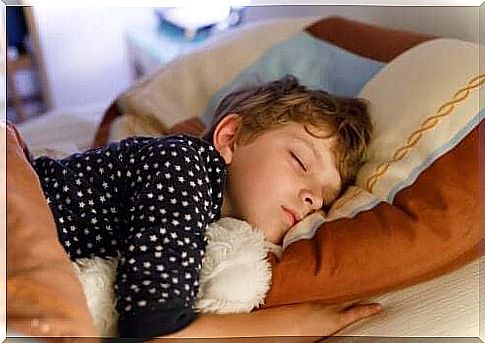
At what moments is their presence important?
The important psychological functions that we have described to you are especially useful in times of pain, boredom and when the child is about to go to bed. It is in these situations that he will need to be close to his favorite object.
It is also possible that coinciding with important events, such as the arrival of a sibling or the start of school, the child may again need the transitional object that he had temporarily put aside.
Usually, children choose a transitional object between four and six months of life and the relationship with them lasts up to about three / four years. As the child manages to be in control of his emotions and becomes more independent, he will see his object more like a game and will progressively replace it with other interests.
